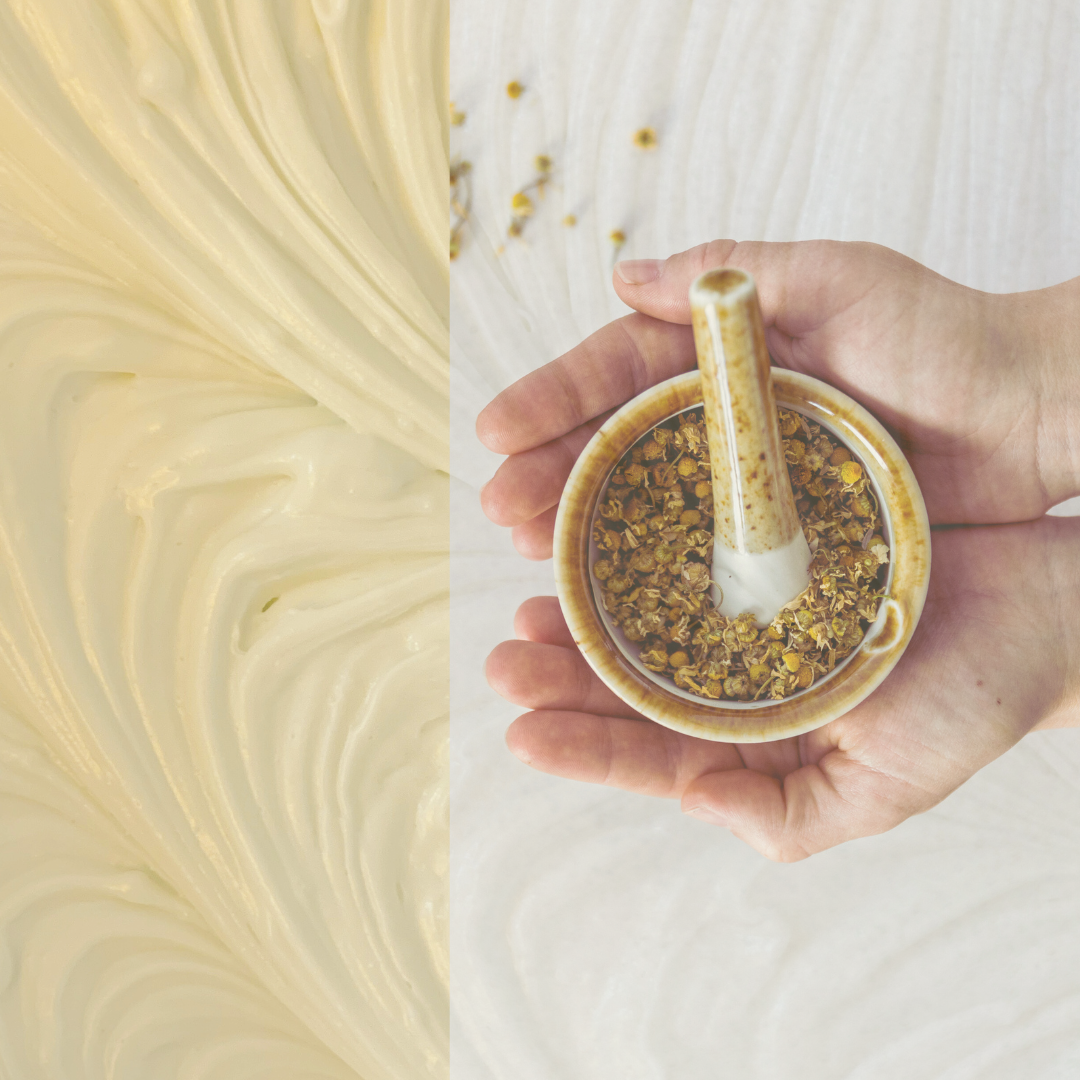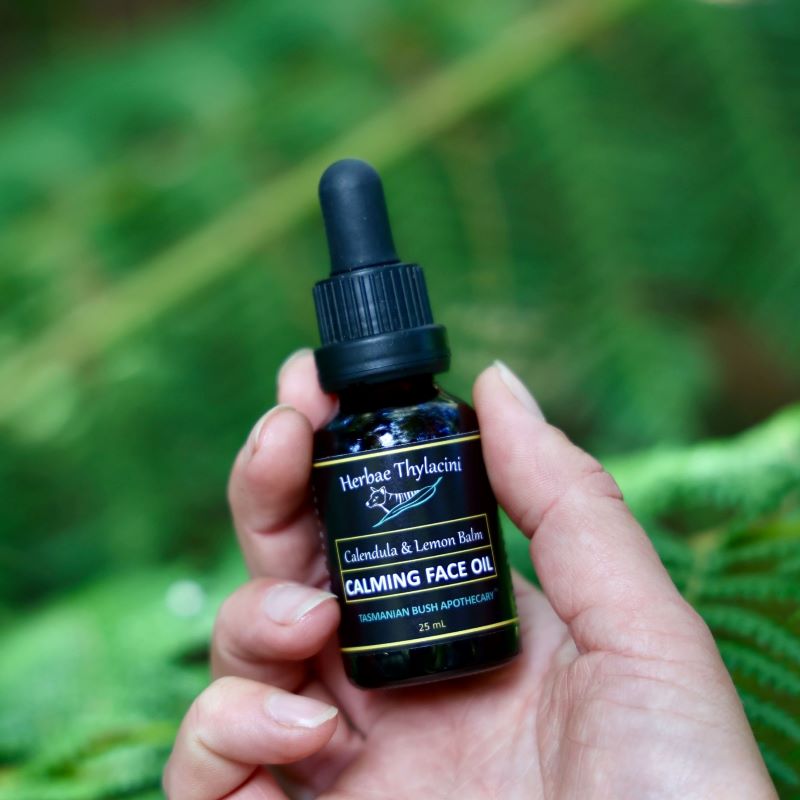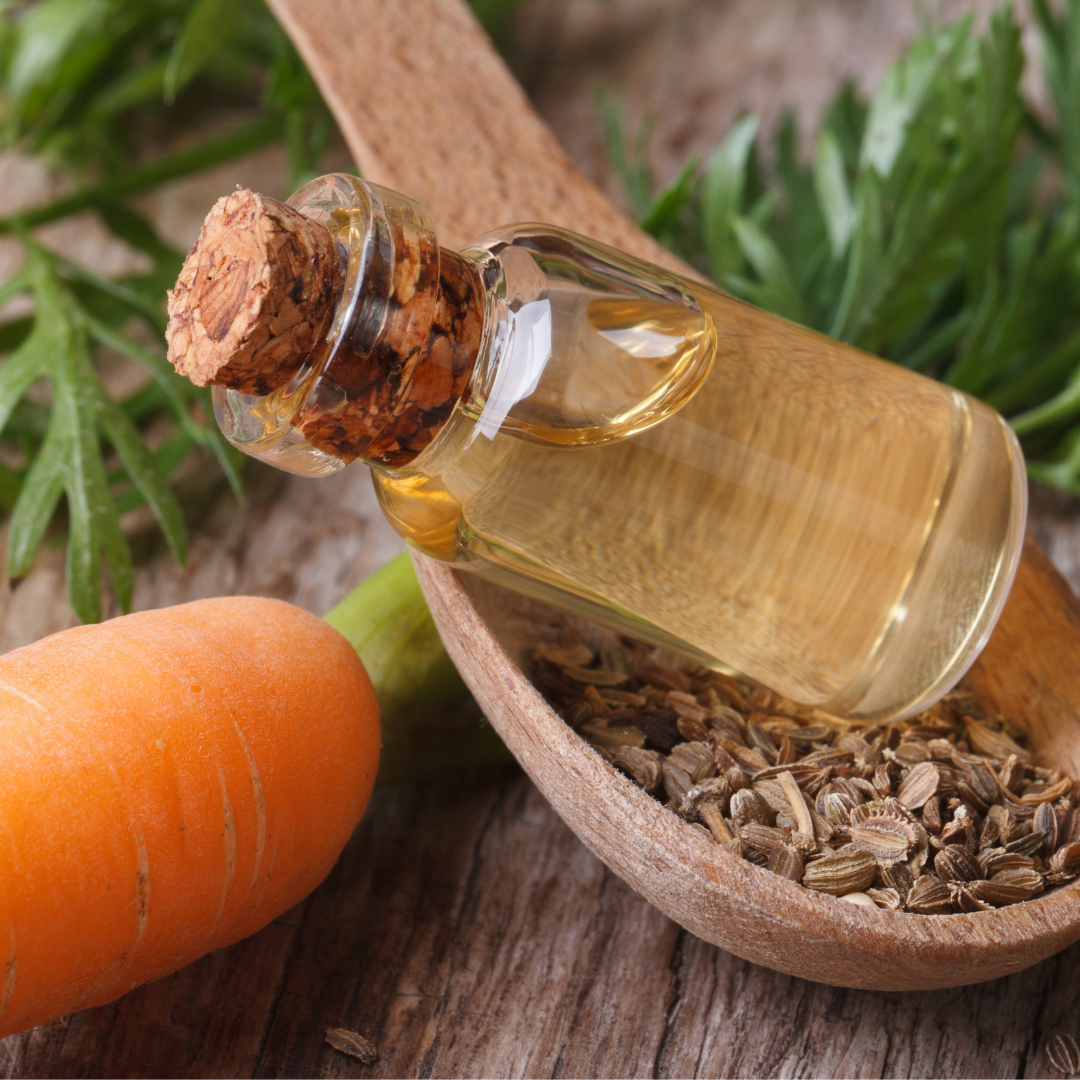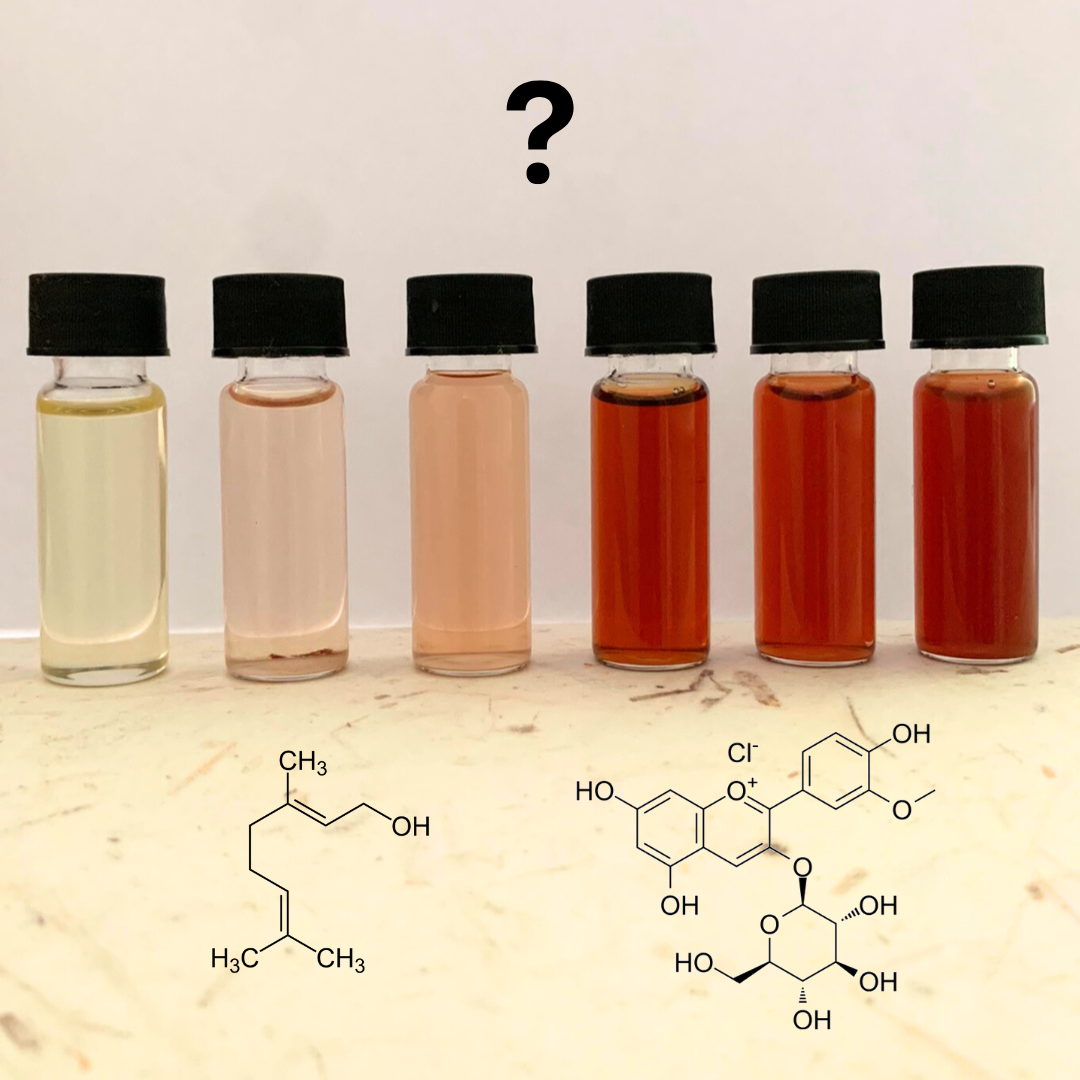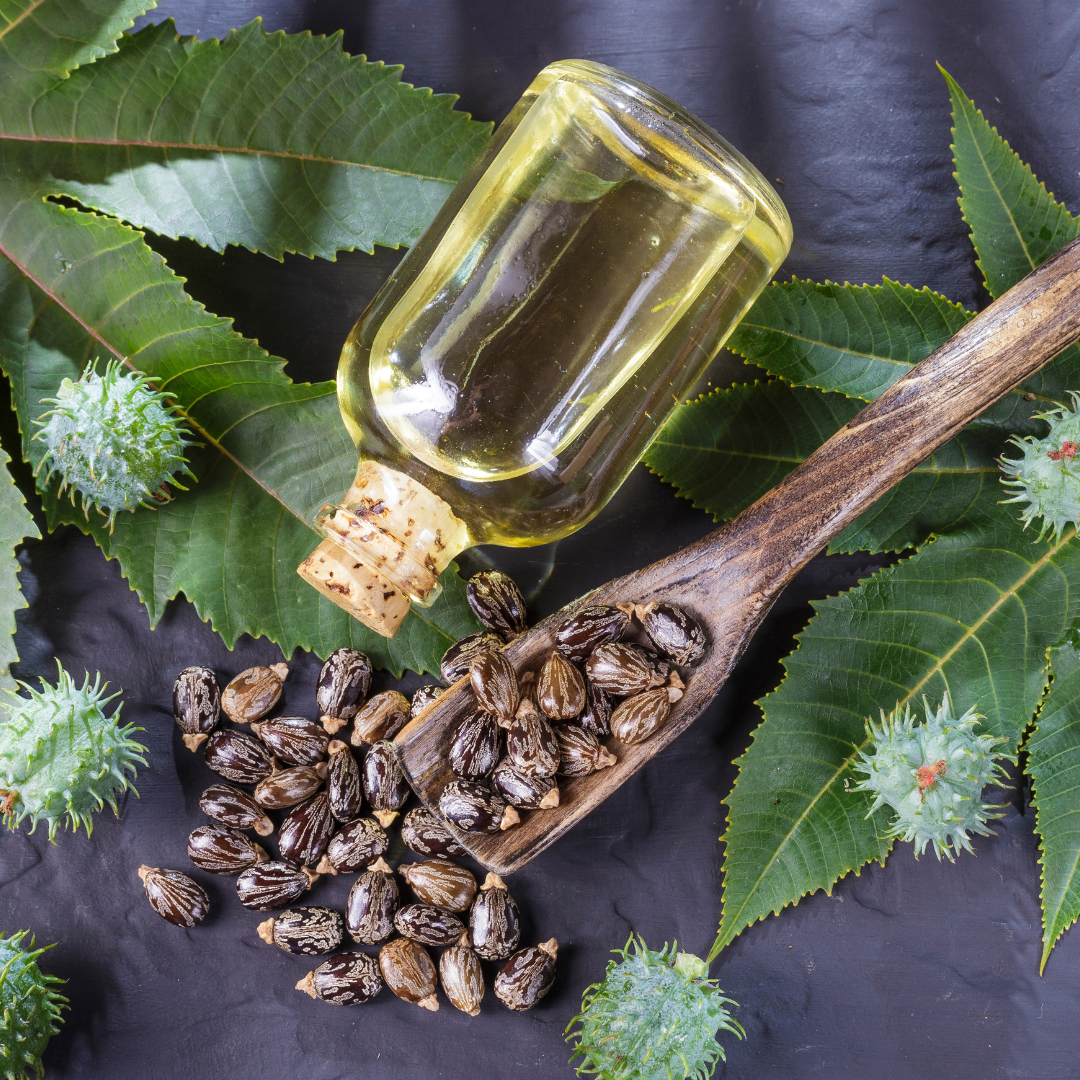
Castor oil for skin care and topical application: Unique amongst all plant oils
Castor oil is obtained from the castor plant (Ricinus communis, Euphorbiaceae). It is the only species within this genus. This relatively large shrub grows in tropical and subtropical climate. While you can find it growing in Australia (more on this later), its natural habitat is India. This is where majority of commercially available castor seed oil comes from and where it has a thousands-year-long history of use as both internal and topical medicine.
Basic chemistry of castor oil
Castor oil is a seed oil pressed from the seeds of castor plant. Just like all plant oils, castor oil is rich in triacylglycerols (TAGs, esters of glycerine and fatty acids). The relatively small chemical detail which has immense effects on the physio-chemical properties of castor oil lies in the type of fatty acids.
While many plant oils are composed of TAGs with esterified oleic or linoleic acid, castor oil features ricinoleic acid. (It is so unique among plant oils, that the fatty acid was even named after the plant!). Just like oleic acid, ricinoleic acid features 18 carbons-long chain and 1 double bond within it. Additionally, ricinoleic acid features an extra hydroxyl (OH-) group on the 12th carbon in the carbon chain. It is a small, yet powerful, chemical difference. And because 90% of all TAGs in castor oil contain ricinoleic acid, the presence of this simple OH- group is beyond significant.
It turns out that it has a powerful effect not only on the consistency, but also on the chemical properties of castor oil. I will discuss this in a broader context within the Herbal Extracts for Natural Skin Care online course and later unpack it in detail in the Advanced Herbal Extracts for Topical Use: Herbal Oils. If you would like to learn a little more, read on about how I started working with castor oil and why.
Next to India, castor oil plant is also established in Australia. In South-East Queensland castor oil plant has a status of a noxious weed. I find this unfortunate:
I literally cycle daily around a large patch of castor oil plant, yet to source castor oil, I must turn to overseas. Even though this is not aligned with my philosophy, I decided to make an exception this time.
Consistency of castor oil and its benefits
If you ever worked with castor oil, you would know that it is thick and somewhat sticky. Its viscosity is more on par with that of glycerine than olive oil. This is often used to an advantage in Galenic formulation of skin care and pharmaceutical products. The high viscosity renders castor oil a fantastic ingredient for formulas where good adhesion to the skin is required. One such example are cleansing oils. These types of products require both a good slip AND a bit of a drag. The latter greatly assists the removal of impurities from the surface of the skin. Castor oil is brilliant for this!
It is precisely this reason that I incorporated castor oil into my newest skin remedy: Calendula & St John’s Wort Cleansing Oil. (And there will be another cleansing oil formula coming later this year!) The cleansing oil is extremely mild and just like most of my formulas contains no essential oils. It is best suited for dry, sensitive and sensitized skin to remove make-up, sun cream, sweat, excess sebum and daily dirt without compromising the skin barrier.

Health benefits of castor oil
Castor oil has been lauded for many of its health improving effects. It is used for:
- wound dressings,
- hair treatments,
- treatment of abdominal discomfort, including constipation,
-
treatment of arthritis, and
- induction of labour.
Castor oil is anti-inflammatory, analgesic and anti-microbial, the latter characteristic has seen castor oil applied in various antifungal remedies.
Castor oil packs
Perhaps one of its most famous uses are the so-called castor oil packs. They have been lauded for their ability to alleviate bloating, constipation or any gut-related inflammation. While having an internal effect, castor oil pack is a form of topical remedy, i.e. it is applied on the skin. It is a form of a warm poultice.
To prepare it, you literally soak large pieces of cotton or flannel cloth in warm castor oil. You layer the cloths on a plastic sheet (Gladwrap). Then you carefully apply the whole “castor-oil-sandwich” on your tummy (typically in the liver area, but can also be applied lower, especially if you are treating any discomfort in the gut).
Once on your tummy, you apply a large warm folded towel on the top (you can add a warm wheat-bag or hot water bottle) to keep everything warm. You should leave a castor oil pack on for at least an hour and you can even do it overnight.
Recently there have been various contraptions available on the market, that streamline this process, making it perhaps less messy. I don’t know about you, but I have a strong dislike of buying things I don’t need. And if there is a beautiful old-fashioned traditional way of applying a castor oil pack, you will see me doing that.
I will be unpacking way more about castor seed oil in my upcoming herbal extracts courses. If you are interested and have not signed up yet, make sure you do.
Kaja


